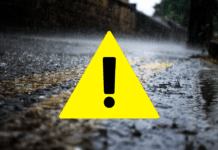Gardaí have issued a warning about fake €2 coins after around €1,500 counterfeit coins were seized at the end of July.
€2 coins with an apparent face value of €2,920 were seized during searches in Dublin.
It was the first large seizure of counterfeit coins in the Republic.
One person was charged and brought before the courts and assets of over €73,980 have been frozen in bank accounts.
How do I Check if my Coin is a Counterfeit?
To examine suspect coins the following techniques could be used:
Visual inspection (possibly with a magnifying glass).
As compared with a known genuine coin, the suspect coin will have:
Poor quality image detail.
Different colour ring and/or core.
Edge lettering missing, incorrect spelling or font (using similar country coin).
Different sizes.
Thickness, diameter.
Different sized ring or core.
Different weight.
Hardness Test
Some counterfeits bend, try bending the coin.
Magnet Test
Genuine €2 and €1 coins are slightly magnetic.
Using a magnet you should be able to lift the coin up, but with the weight of the coin and the slight magnetism you should be able to shake the coin off the magnet with ease.
Most counterfeit €2 and €1 coins are either very magnetic, non-magnetic, or just the ring is magnetic due to the materials used.
Genuine 50 cent coins are non-magnetic.
You could also compare the suspect note or coin with a known genuine specimen.
If you believe you are in possession of a suspect counterfeit you are obliged to submit it to your local financial institution, the Gardaí, or the Central Bank’s National Analysis Centre (NAC) or Coin National Analysis Centre (CNAC).












